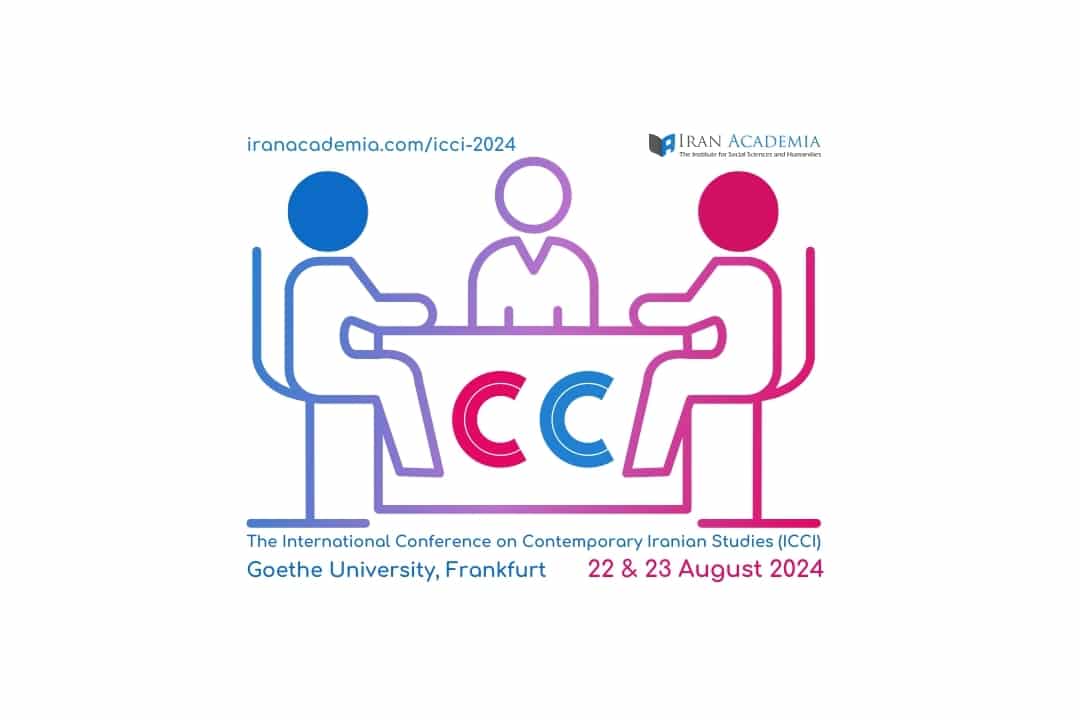Soran Mansournia
Spatial Justice Matters: Children’s Rights to the City
Farzaneh Bahrami
Transportation, Public Space and Public Life: A Mobility Justice Perspective
Moderator: Bahar Saba
Abstracts
Soran Mansournia
Spatial Justice Matters: Children’s Rights to the City
Spatial justice recognizes that social injustices are often spatially manifested, a concern central to urban planning and environmental discourses. It primarily addresses the equitable distribution of urban services and the allocation of urban spaces across various social and age groups. Spatial justice aims to promote social inclusion and cohesion by reducing spatial segregation and promoting diverse and inclusive communities. This research is part of a multinational academic project that is ongoing in four countries: Iran, Netherlands, Poland, and Iraqi Kurdistan. It specifically examines the allocation of urban spaces to children and the city’s influence on children’s annual calendar and their daily routines. This paper presents findings from a survey conducted in the two cities of Mariwan and Sine/Sanandaj in Iranian Kurdistan, involving a total of 1086 children. Using digital mapping through Public Participation GIS (PPGIS) technology, children collectively mapped 4,344 of their favorite places across these two cities. This study has introduced two novel spatial indicators: Highly-Appreciated-Places Index for Days (HAPiDAYS) and Sparkling Urban Blend index (SUBindex). HAPiDAYS evaluates the impact of urban spaces on children’s daily routines in terms of days, while SUBindex quantifies the overlap between highly-used-places and favourite urban spaces. HAPiDAYS is 37.5 days for Sine and 29 for Mariwan, while SUBindex is 49.5% for Sine compared to 24% for Mariwan indicating a lack of consideration for children’s needs in many areas of these cities. This neglect likely mirrors broader trends across other parts of the country, given the uniformity of urban planning practices throughout Iran.
Keywords: Spatial Justice, Public Spaces, Children, Urban Planning, Iranian Kurdistan
Farzaneh Bahrami
Transportation, Public Space and Public Life: A Mobility Justice Perspective
Beyond transportation equity which focuses on equal distribution of accessibility and infrastructures for fair and just (sustainable) transport within an egalitarian frame, mobility justice framework takes feminist, critical race, disabilities, and queer theory perspectives on corporeality, relationality, materiality, and accessibility (Sheller, 2018). Adopting a Mobility Justice lense, this contribution, looks into broad transportation policies at different scales, in the case of the city of Tehran, and the spaces and spatialities they have produced between 2005 to 2017 within the Highway Construction Movement period نهضت بزرگراهسازی در تهران, as framed by Municipality of Tehran. The spatial turn in the social sciences revisited the theories of justice through the spatial lens, developing the concept of “spatial justice” as fair and equitable distribution of the resources of the city (Soja, 2013; Harvey, 2010). Space, however, is not merely a backdrop for our mobile activities but it produces and is produced by them. Mobilities and urbanities (practices and spaces), mutually shape each other. Cities can become active mechanisms for generating uneven mobilities, unequal bodies, and unbundled infrastructures, and mobilities in return can create spaces of exclusion or enclaves of interest through various processes (Sheller, 2018). In the case of Tehran, for example, this becomes evident through specific policies for investing the economic and spatial capital of the city on unilateral development of automobility infrastructures (2005-2017) at the expense of other modes or together with active suppression of them. A utilitarian view of justice in the form of cost-benefit analysis, used to determine transportation investments within short term within the sgeographical extension of Tehran can partly justify this approach with the assumption that transport is about getting from point A to point B, and higher earners have higher priority (Pereira et al., 2017; Sheller 2018). However, in the long-run and from a mobility justice perspective, we discuss various facets of such transformation in terms of distribution of externalities (pollution, …), provision of access and use, transformation of the urban fabric and neighbourhoods and above all privatization (annihiliation) of public space. We also identify counter movements such as mobilization of cycling subcultures, individual and collective tactics and strategies attempting at reclaiming the space through corporeality, materiality.
Bahrami, F. (2017). Automobility beyond Car: Introducing a New Coordinate System for Transforming Urban Mobility (No. 8189). EPFL.
Harvey, D. (2010). Social justice and the city (Vol. 1). University of Georgia press.
Pereira, R. H., Schwanen, T., Banister, D. (2017). Distributive justice and equity in transportation. Transport reviews, 37(2), 170-191.
Sheller, M. (2018). Mobility justice: The politics of movement in an age of extremes. Verso Books.
Soja, E. W. (2013). Seeking spatial justice (Vol. 16). U of Minnesota Press. Urry, J. (2004). The ‘system’of automobility. Theory, culture & society, 21(4-5), 25-39.



